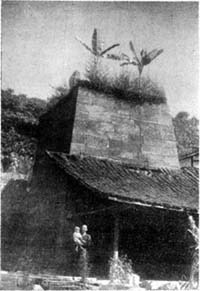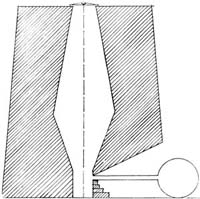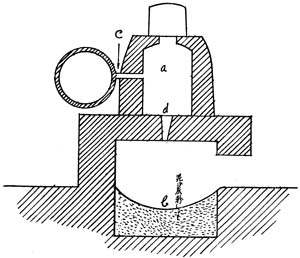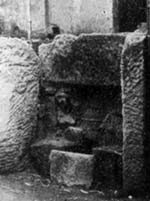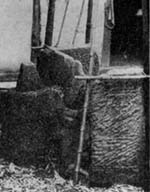Click on any image to see it enlarged.
The traditional iron industry in Sichuan
The southwestern province of Sichuan was in pre-modern times
quite
isolated from the rest of China. It communicated with eastern China via
the Yangzi River through a series of dangerous gorges (which since 2003
have been flooded by an enormous dam), and with Shaanxi via a famously
arduous mountain road. On the other hand transport conditions within
the
province were good. The name means ‘four rivers’, and transport on
these rivers bound the province together to form an economic whole. The
soil is fertile and the climate reliable, and these factors have made
Sichuan one of China’s breadbaskets. The province has attracted
immigrants throughout Chinese history, and its population density is
extreme. In 1997 Sichuan was divided into two, Sichuan and Chongqing;
see the map.
One consequence of these geographic factors is that the
iron industry has had good market conditions: demand from a large
population, with excellent transport, and isolation from outside
competition. There has been considerable production of iron since
ancient times, and in recent centuries the traditional blast furnaces
used in Sichuan have been the largest in China. The images on the left
show some of these.
Conversion to wrought iron is done in a puddling hearth like
that shown above on the right. It resembles the simpler fining hearth used in Dabieshan, with the
difference that the fuel and the iron are separated. The fuel, either
charcoal or mineral coal, burns in the firebox. Air is pumped in, and
the flame proceeds downward and melts the iron in the puddling bed. The
puddler stirs (‘puddles’) the molten iron until the carbon is burnt out
of it and it can be removed as a pasty lump of wrought iron. The
separation of the fuel from the iron simplified the work and made it
possible to use mineral coal as the fuel without adding too much
sulphur to the iron.
It became necessary to adapt the technology to the new
economic conditions. The use of water power became uncommon, and the
blast furnaces were more often driven by manpower. This reduced capital
costs, not only because the blast apparatus was simpler, but also
because of an extra degree of freedom in the location of an
ironworks: it was no longer necessary to place the works on an
expensive site with access to water power.
The use of a limestone flux in the blast furnace also became
uncommon. An increased production of cement in these years had made
limestone more expensive, and another reason was that the blast furnace
could function longer without limestone. Limestone made the slag
alkaline, so that it attacked the furnace shaft, which normally was of
sandstone and therefore acid. It may be that the omission brought a
reduction in the quality of the iron, since limestone removes sulphur
as well as making the slag less viscous.
| On Sichuan during World War II, see Barbara W. Tuchman, Stilwell and the American experience in China, 1911-45, New York 1970 (many later reprints, some with altered title, Sand against the wind). |
In 1938, after the Japanese occupation of eastern
China, the Chinese government under Chiang Kai-shek relocated to
Sichuan and established its capital in Chongqing. The province was now
again isolated, and the entire civilian demand for iron could only be
supplied by the traditional industry. A great deal of experimental work
was done to improve the traditional technology using modern scientific
knowledge; the experiments continued after the war and up through the
1950’s,
seemingly with some success. The positive results of these experiments
may have contributed to the optimistic approach to the traditional
technology which characterized the period of the Great Leap Forward,
1958–60.
Click on any image to see it enlarged.

